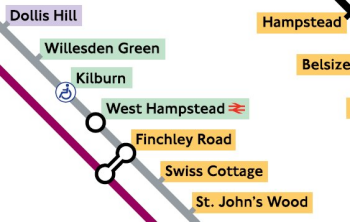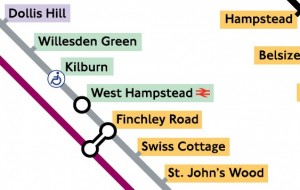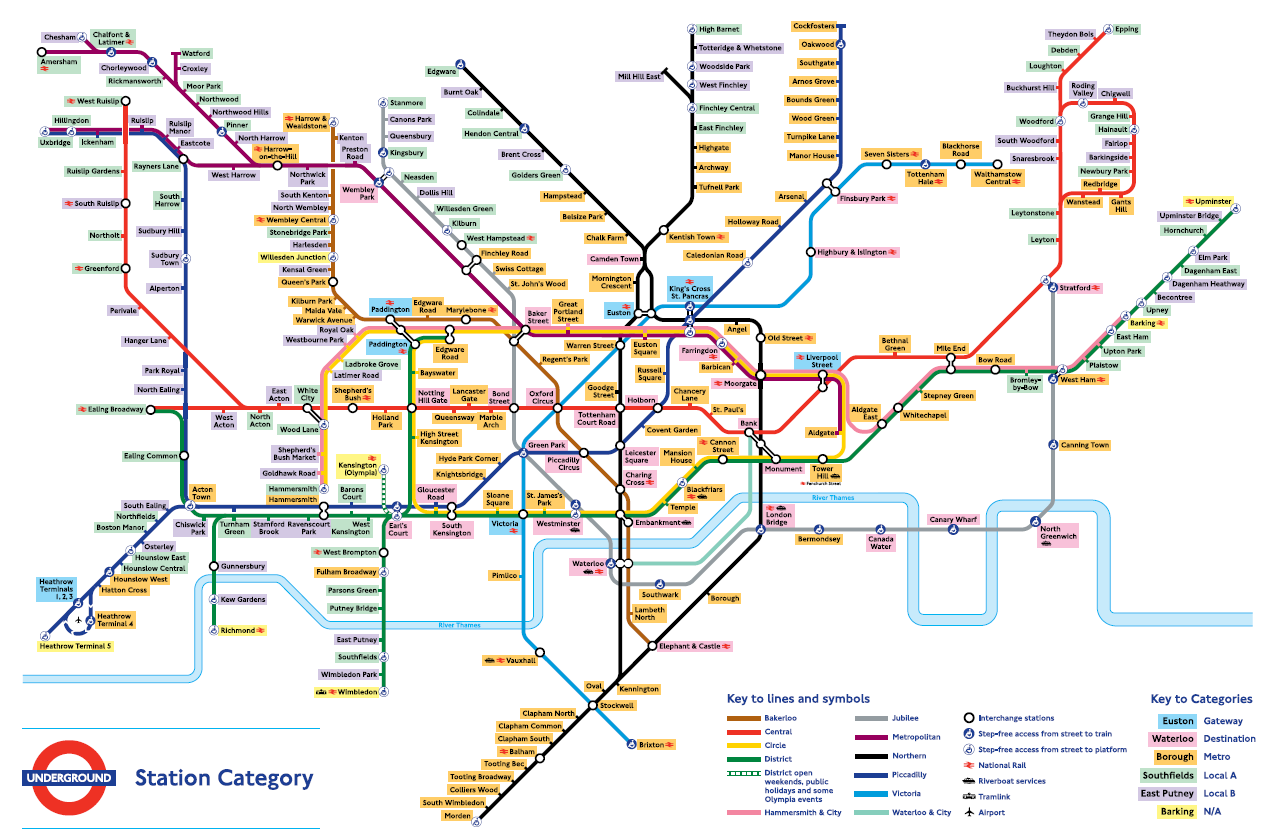Higher prices, fewer staff
It’s as inevitable as the New Year hangover. From January 19th, your tube or bus journey will likely cost you more than it did last month. In this article we’ll look at TfL’s fare increases for 2014, and also untangle the proposed staffing model changes for next year – what do they mean for West Hampstead?
A fair increase?
First, about those price rises. The Mayor has made his annual announcement and arguably it isn’t as bad as it could have been. The average price increase is 3.1%, which is certainly not the “freeze” of some headlines, but is markedly lower than recent years. Some ticket prices stay the same, e.g. a single peak-time journey on the Tube is still £2.80 with a PAYG Oyster card, and one-day fare caps on Oyster are unchanged.
However, some popular tickets have risen in price; a monthly zone 1-2 Travelcard will now set you back £120.60, compared with last year’s £116.80. A full table of the new adult fares can be found here.
Station staffing changes
Next, the slightly more complex issue of proposed changes to Underground station staffing, slated to come into effect at the beginning of 2015. You may be forgiven for missing this if you fell for TfL’s timely distraction technique announcing their night tube plans at about the same time.
For this proposed reorganisation of staffing, TfL have divided their Underground stations into four provisional categories – Gateway, Destination, Metro and Local. “Local” is split into two subcategories: Local A and Local B. There’s a handy colour-coded map setting out which stations fall into each of the categories.
In the NW6 area, the two categories we’re concerned with are Metro and Local A.
Metro stations serve “predominantly inner London communities with many regular users”. Finchley Road, Swiss Cottage and Kilburn Park all fall into this category. They will have one additional visible member of staff at the busiest times (but a reduction in the number of station staff overall). They won’t have a ticket office.
Local Stations are generally smaller stations where a relatively small number of ticket office sales are made. West Hampstead and Kilburn both belong in this group, in the A subcategory. There is little difference between the Local A and B stations. Both will still have one member of staff and no ticket office, but the ‘B’ stations are the ones deemed more straightforward to manage, and will have a Customer Service Agent, rather than the more senior Customer Service Supervisor at ‘A’ stations. At both, Station Supervisors will be replaced by a roving area manager responsible for several stations.
TfL’s press release explains:
Tube station staff will not be based in ticket offices, but in ticket halls, on gate lines and on platforms, ready and available to give the best personal and face-to-face service to customers.
As now, all Tube stations will continue to be staffed and controlled in future, with more staff visible and available than today in ticket halls and on gate lines and with the same number of staff on platforms. Staff equipped with the latest mobile technology, such as tablet computers, will be able to monitor and manage stations on the move.
For the average commuter, and for people comfortable with managing their Oyster account online, these changes probably won’t be that noticeable. But travellers unfamiliar with the network, or those with additional needs, may find it challenging to be forced to use the ticket machines, perhaps with a long wait for assistance at peak times.
For more detail on the proposed changes, and their impact on passengers and staff, see Diamond Geezer’s excellent blog post here. And for a really in-depth analysis head over to this exhaustive analysis at London Reconnections.







Thanks for the info on the staffing changes! It will definitely be better to get the staff out of their booths and answering questions.
BUT I’ve noticed that the platform staff at Baker Street have a habit of disappearing and hiding when there are problems with the line, refusing to do any work beyond “The next train will arrive in 2 minutes” so hopefully staff will be a bit more proactive with these new measures.
As for the fare increases, the somewhat random nature of the raises with varying percentage increases, it means you now pay an even higher premium for the ‘convenience’ of having a season ticket rather than paying for two singles. Assuming 227 return trips to work (252 working days minus 25 days holiday), if you buy a 52 week tickets, 12 monthly tickets, or an annual ticket, you’re now paying £498 extra (was £468 extra), £312 extra (£463) or £121 extra (£104) respectively.
This means you now have to make MORE extra single off-peak journeys to make your travelcard worthwhile e.g. for an annual travelcard you now have to make 55 extra journeys (e.g. going somewhere in town before going home after work so it’s a three leg trip instead of a two leg trip, or going out at the weekend) whereas last year it was only 49 extra journeys.
You’ll probably do those extra 55 journeys (unless you have no life) but if the season tickets keep rising faster than the single prices do, then it won’t be worth getting a season ticket.
Also, the gap between Peak and Off-Peak single fares has narrowed, but the gap in the caps hasn’t so an already unfair penalty has become even more unfair (£1.40 difference in cap for starting before 9:30am despite the single ticket difference only being 70p, now 60p)